Bridget Riley
Circles Colour Structure: Studies 1970/71
Encircling Discs with Black on Grey
1970. Gouache on paper. 16,3 x 60 cm
–
Circles Colour Structure: Studies 1970/71
Encircling Discs with Grey in Grey to Black Sequence. 1970
Gouache on paper. 42,5 x 89,5 cm
–
Circles Colour Structure: Studies 1970/71
Oval Axis: Cerise, Turquoise, Ochre. 1970
Gouache and pencil on paper. 30,5 x 66 cm
–
Circles Colour Structure: Studies 1970/71
Position Study: Red and Blue Open Discs. 1970
Gouache and pencil on paper. 69,2 x 101,6 cm
–
Red and Blue Open Discs. 1970
Gouache and pencil on paper. 62,2 x 94,6 cm
Circles Colour Structure: Studies 1970/71
Fine Line Open Discs. 1975
Gouache and pencil on paper. 22,2 x 69,2 cm
–
Circles Colour Structure: Studies 1970/71
Untitled, 1970
Gouache on paper. 30,5 x 59,4 cm
–
Circles Colour Structure: Studies 1970/71
Encircling Discs with Black. 1970
Gouache on paper. 24,8 x 36,2 cm
–
BRIDGET RILEY is a British artist best-known for her optically vibrant paintings which actively engage the viewer’s sensations and perception. She first received acclaim for her work in the early 1960s with black and white paintings that explored the dynamic effects of optical phenomena. In 1967 she began experimenting with colour, and since then her practice has examined the perception of nature by means of colour and forms.
The studies I make have different purposes. At the beginning I try to be as unselective as possible – to allow things to happen, later gradually tightening up until all aspects have been drawn together. I proceed by trial and error – exploring and slowly establishing a particular situation. Obviously many studies will be discarded en route to a painting, though they may still be interesting as visual statements. The studies are flexible and malleable, whereas the paintings are decisive and finite. (…) I have always tried to avoid « colouring forms ». I want to create a colour-form, not coloured forms. It is very important that each form finally relinquishes its separateness in the whole. It must be fully absorbed. So while it is necessary in the early stages to analyse each unit, my aim is to enable it to release sufficient energy to precipitate its dissolution in totality. – from an interview with ROBERT KUDIELKA in 1972
And good news: you can view her work until April 16, 2011 at Max Hetzler galerie in Berlin

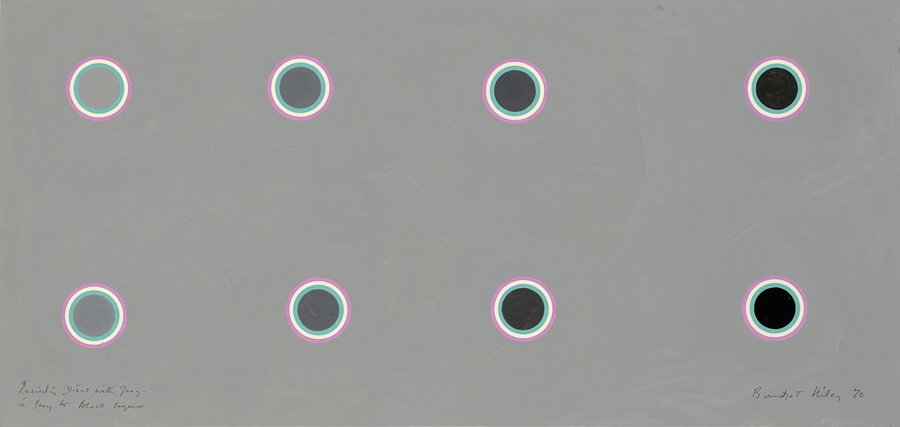
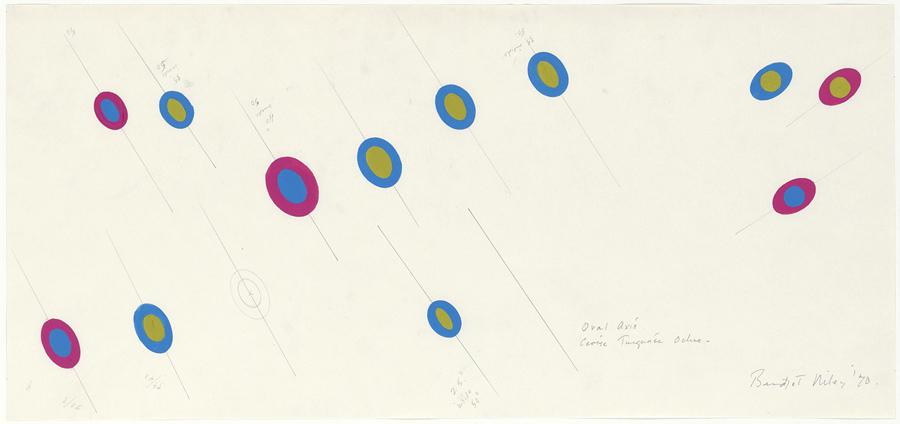
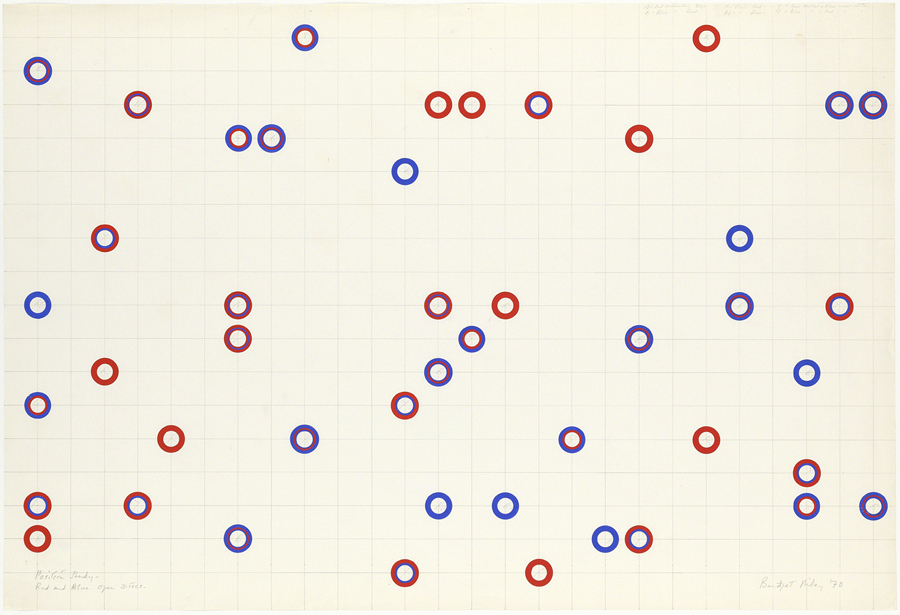
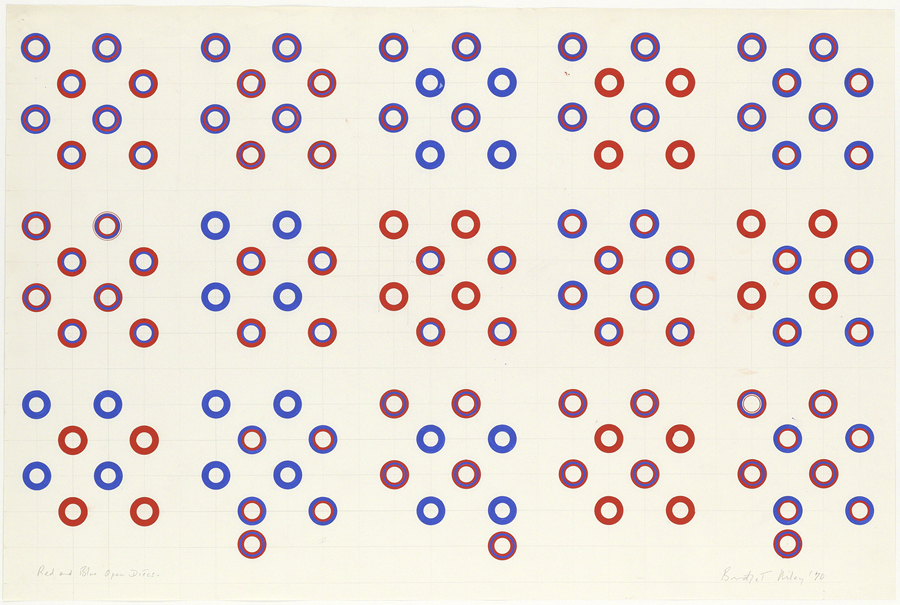

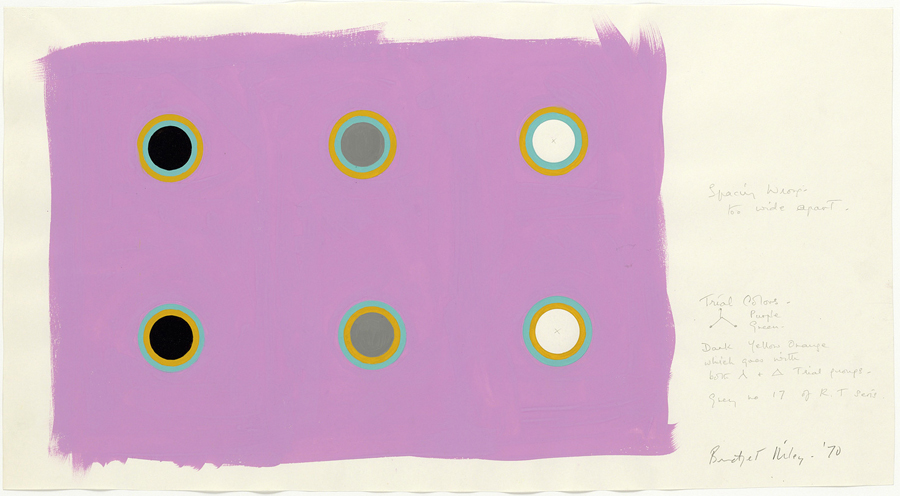

comments are closed !